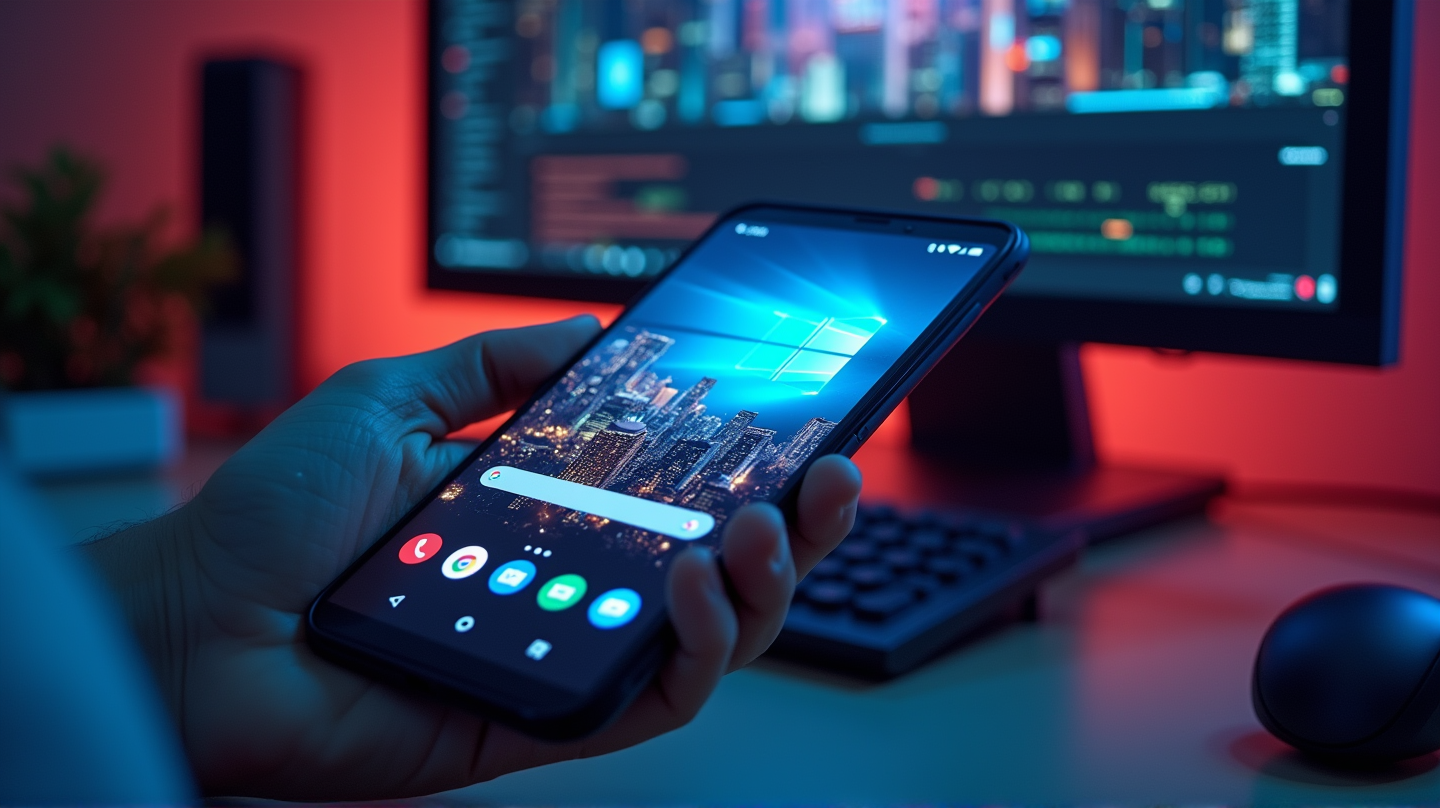Back at Google I/O, an exciting announcement captured our attention: the imminent arrival of a desktop mode feature for Android 16. Aimed at transforming your smartphone into a desktop powerhouse, this feature promises unparalleled versatility and productivity. But what went into creating this sleek new mode? Let’s dive in.
Collaboration with Samsung
A crucial collaboration with Samsung, known for their DeX technology, set the stage for this development. This partnership guarantees the delivery of a highly polished experience for Android users eager to maximize their productivity.
Exploration Begins with QPR1 Beta 2
Android 16’s recent QPR1 Beta 2 release is where the magic begins. Google now allows early adopters to explore the new desktop mode through developer settings. This early iteration provides a tantalizing glimpse of the future, showing immense potential even at this preliminary stage.
Dual Display Experiences
For Android aficionados, there are currently two tantalizing configurations to explore. Connecting a phone like the Pixel 9 Pro to an external monitor gives you a dedicated desktop-like session. In contrast, using a tablet creates an extended experience, bridging two displays into one seamless system.
Flexible and Friendly New Features
- Flexible Window Tiling: Multitask like never before, with intuitive options to arrange app windows for simultaneous workflows.
- Multiple Desktops: Tweak your experience by setting up diverse desktop sessions and switching between them with ease.
- Enhanced Compatibility: Legacy apps now perform more predictably on external displays without extra development fuss.
- Multi-instance Management: Quickly switch between different instances of supported applications.
- Desktop Persistence: Enjoy a consistent workflow by maintaining window sizes, positions, and states across your virtual desktops.
Playing It Cool or Crashing It Down?
Users will appreciate the potential, although it’s important to note the rough edges. While functionalities like launching apps, typing, and checking notifications are impressive, minor hiccups exist. Testing revealed small bugs, an example being a crash while experimenting with Chrome’s incognito window.
Ready to Test It Yourself?
For those intrigued, testing is open to Pixel 8 or 9 users running the latest beta version. Enable “desktop experience features” in the developer settings, reboot your device, and initiate your desktop-mode adventure.
As Google polishes this desktop experience, the initial offering is promising. While there are some rough patches, the potential for Android to redefine our interactions with technology is vast. According to Droid Life, this could revolutionize mobile computing landscapes.
